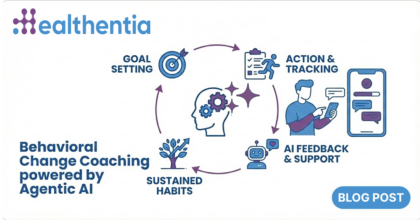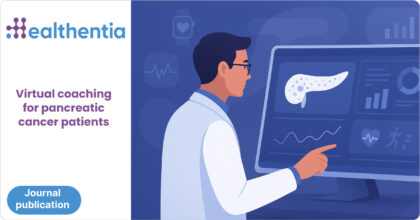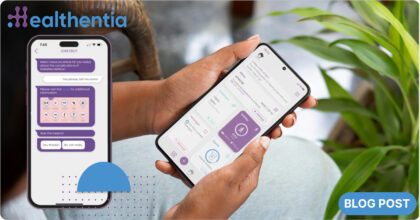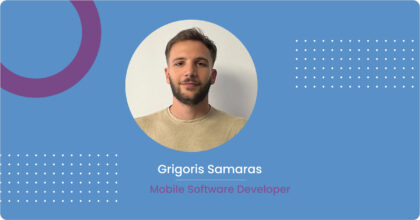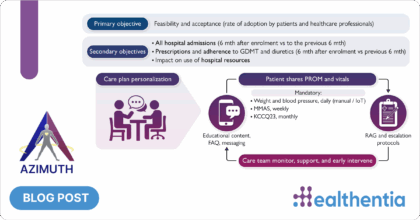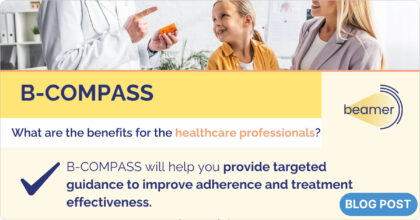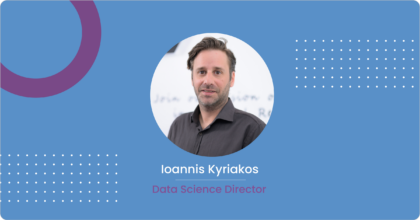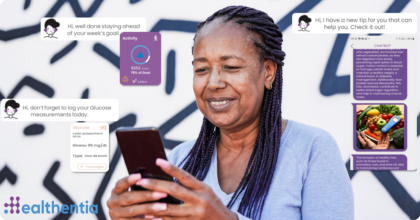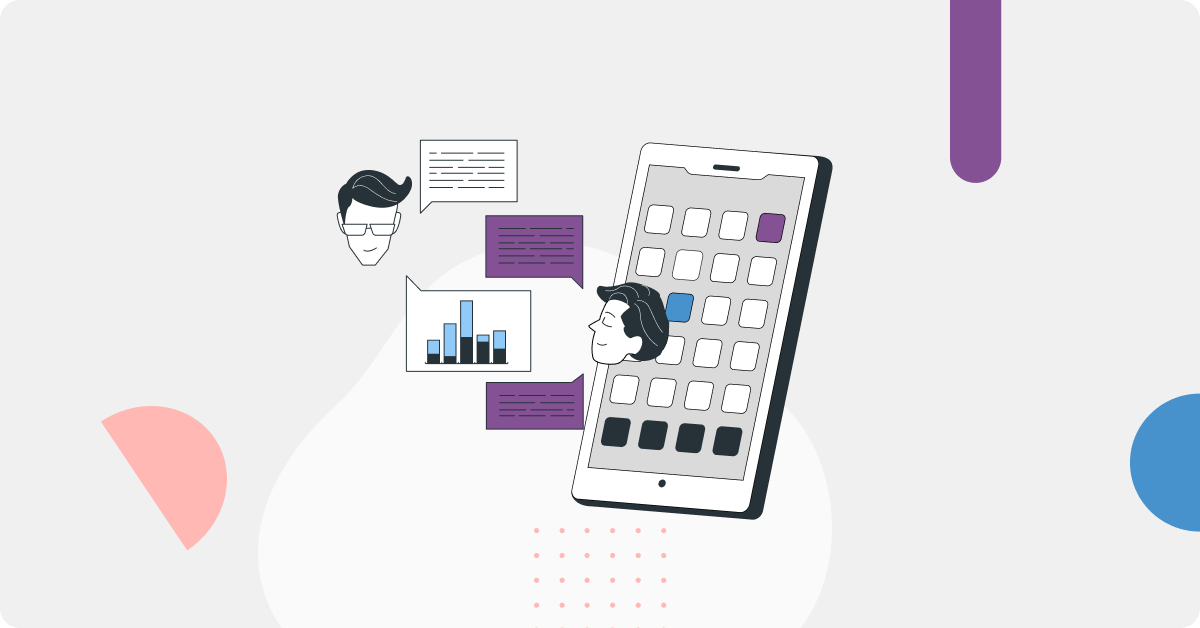
What is WOOL?
Let’s start by diving into the question: what is WOOL? WOOL is an open-source (MIT Licensed) software platform for authoring and executing scripted dialogues between virtual agents and users. The platform includes a visual editor tool that allows domain experts to author these dialogue scripts without necessarily having experience in writing code or script in general. The platform also includes parsers – software modules that can read, interpret and execute these dialogue scripts to power web- or mobile applications. At this moment, there is a parser written in Java and one written in JavaScript. By including the dialogue scripts and embedding the parser in your web- or mobile application, you can easily include a virtual agent that can have natural language dialogues with the users of your system. How you design your user interface, and the specifics on how users interact with the virtual agent is up to you as a designer and developer of the application. However, the principles of WOOL dialogues are based on offering users a fixed number of choices of “reply options” – an interaction paradigm that is often found in video games. In fact, WOOL is based on the open-source Yarn Platform, which was developed for creating narrative-driven video games.
The image below shows the workflow of writing a dialogue script in the WOOL Editor (left), to using the Parser tools and finally arriving at a mobile phone app user interface (right).

WOOL in Healthentia
As the Healthentia platform is extending its scope to supporting Digital Therapeutics (DTx), a large emphasis is given to supporting the end-users (e.g., patients) in managing their health. This support is offered in various ways: better feedback and information about their own behaviour, improved communication between healthcare professionals and the user, and the inclusion of a digital virtual coach. This digital virtual coach will be a companion to patients using the Healthentia application and will guide them throughout their digital therapeutic intervention. The coach can assist the patient with technical questions, provide information on their condition or disease, and also provide tailored advice on how the patient can improve in certain lifestyle factors.
This digital virtual coach is powered by a large number of systems that work together to ensure the advice provided by the coach is correct, and optimally tailored to the patient. Data is processed and interpreted, the state of the patient is modelled in a detailed clinical pathway, and all this information is taken into account when deciding on the topics of conversation between the coach and the patient. Keep an eye on this blog for further details on these processing steps. For now, it is enough to mention that the content of the digital virtual coach is provided by WOOL dialogues.
Why not Chatbot Platform X?
You might wonder why we choose to use WOOL instead of one of the many chatbot platforms that are out there. Well, this has to do mainly with quality and control. Chatbot frameworks like Google DialogFlow, Amazon Lex, or Microsoft Azure Bot Service offer powerful tools for natural language understanding, modelling conversation flows and connecting to your underlying Knowledge Base to make sure the user’s intent is matched with the right answer. Chatbots that are built using this type of platforms are quickly gaining popularity and perform better and better in their intended roles: answering user questions.
Testimonials of companies using these platforms generally follow the same pattern: “At AwesomeTech we managed to resolve 40% of our customer queries using DialogFlow!”, “At BlueSkiesAirlines we managed to streamline our booking flow using Azure Bot Service!”. Imagine having a call center with hundreds of employees that have to answer the same type of customer questions over and over again… you may be inclined to automate this process. And that’s where most Chatbot Platforms are made for.
Does Healthentia have customers that ask the same questions every day? Questions that have a simple answer, and can be resolved in a few steps? Well, not really. We do not want to build a customer-service agent (patient-service agent?), we do want to build a personal companion for patients that can build up a personal relationship with the patient over longer periods of time, and offer engaging, tailored conversations that help keep the patient on track in his or her digital therapeutic intervention. We strongly believe we need to pick the right tool for the right job, and chatbot services are not it.
WOOL in EU Projects
The WOOL Platform itself was born out of a European Horizon 2020 research project, called Council of Coaches. The Council of Coaches project aimed to develop a platform in which multiple embodied conversational coaches could aid users in various health domains towards a healthy lifestyle. The underlying platform – WOOL, was released as an open source outcome of this project (as well as the 3D Embodied Conversational Agent Platform called “Agents United”). So, WOOL was developed specifically with the eHealth use case in mind and is a platform that is still very much under development.
WOOL is currently being used and expanded upon in various European research projects. The first one is the H2020 iHelp project in which Innovation Sprint will support various pilots that will be ran targeting pancreatic (and other forms of) cancer. Second is the H2020 RE-SAMPLE project, focusing on COPD patients that also suffer from comorbidities in which both Innovation Sprint and RRD work to create a virtual companion for the patients. RRD is also using the WOOL Platform in the H2020 SmartWork and AAL Leaves projects. All in all, support and uptake of the WOOL Platform is ensured for the foreseen future.
So, what’s next?
In the coming months, Innovation Sprint will be releasing various updates to its Healthentia platform that will slowly introduce the DTx features into the platform, including the digital virtual coach, powered by WOOL. Keep an eye on our website and blog for future updates!
Follow the WOOL Platform on Twitter @WOOLPlatform or check out the website at www.woolplatform.eu and finally, you can follow Innovation Sprint on Twitter to get notified of future blog updates: @InnovSprint
